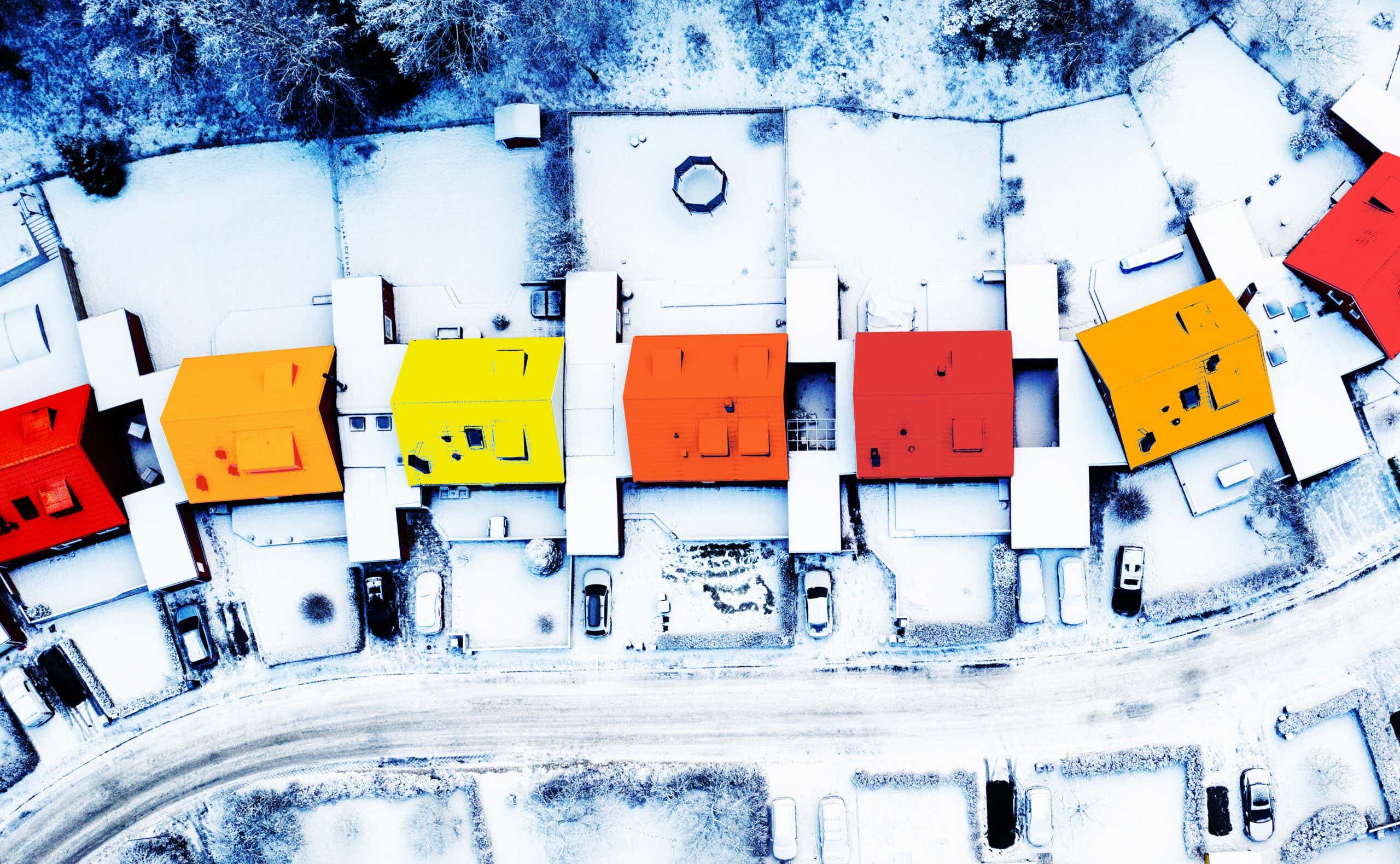Brace yourselves: Higher heating bills are on the way. According to a new report, millions of U.S. households are expected to pay more to warm their homes this winter than they have in over a decade. Here’s what to expect:
The outlook for natural gas:
About half of U.S. homes are heated with natural gas. Those homeowners are expected to pay an estimated $746 this winter in heating bills, up 30% compared to last year, per a new forecast from the U.S. Energy Information Administration. Homeowners in the Midwest could see an increase of 49%, making this winter the most expensive for heating since 2008.
What about homes using oil and electricity?
About 41% of homes are heated with electricity, and they can expect a 6% increase this winter, up to $1,268 for the season. Homes using heating oil (about 4% of the U.S.) should brace for a 43% spike to $1,734.
What’s causing the surge?
After slumping through the pandemic, the price of energy commodities have rocketed back up — and demand is outstripping production. The price of natural gas has climbed to a seven-year high. Plus, this winter is expected to be colder than last year, meaning Americans will be cranking up the heat.
How will households handle the increase?
Prices for many consumer goods are already on the rise, and with this added expense, economists are concerned about a wide swath of Americans. Nearly 22% of Americans cut on spending for basic necessities to pay an energy bill at some point in the last 12 months, per a Census Bureau survey.
“This is going to create significant hardship for people in the bottom third of the country,” Mark Wolfe, executive director of the National Energy Assistance Directors’ Association, told the AP.
What can you do to prepare?
Have your home-heating system inspected. Barton James, the president and CEO of Air Conditioning Contractors of America, said homeowners should ask for a Manual J, a procedure which determines how much heat and cooling your home actually needs. Other simple steps include adding “door pillows” to line the bottom of your doors and covering your windows with plastic to block drafts. Check out the Wall Street Journal for more ways to save.









